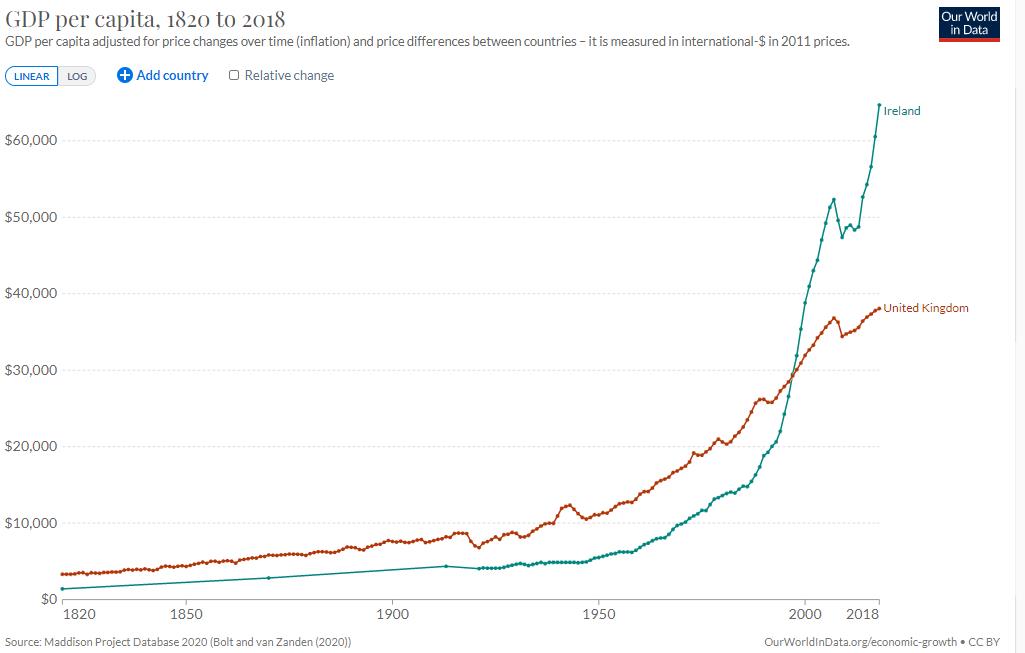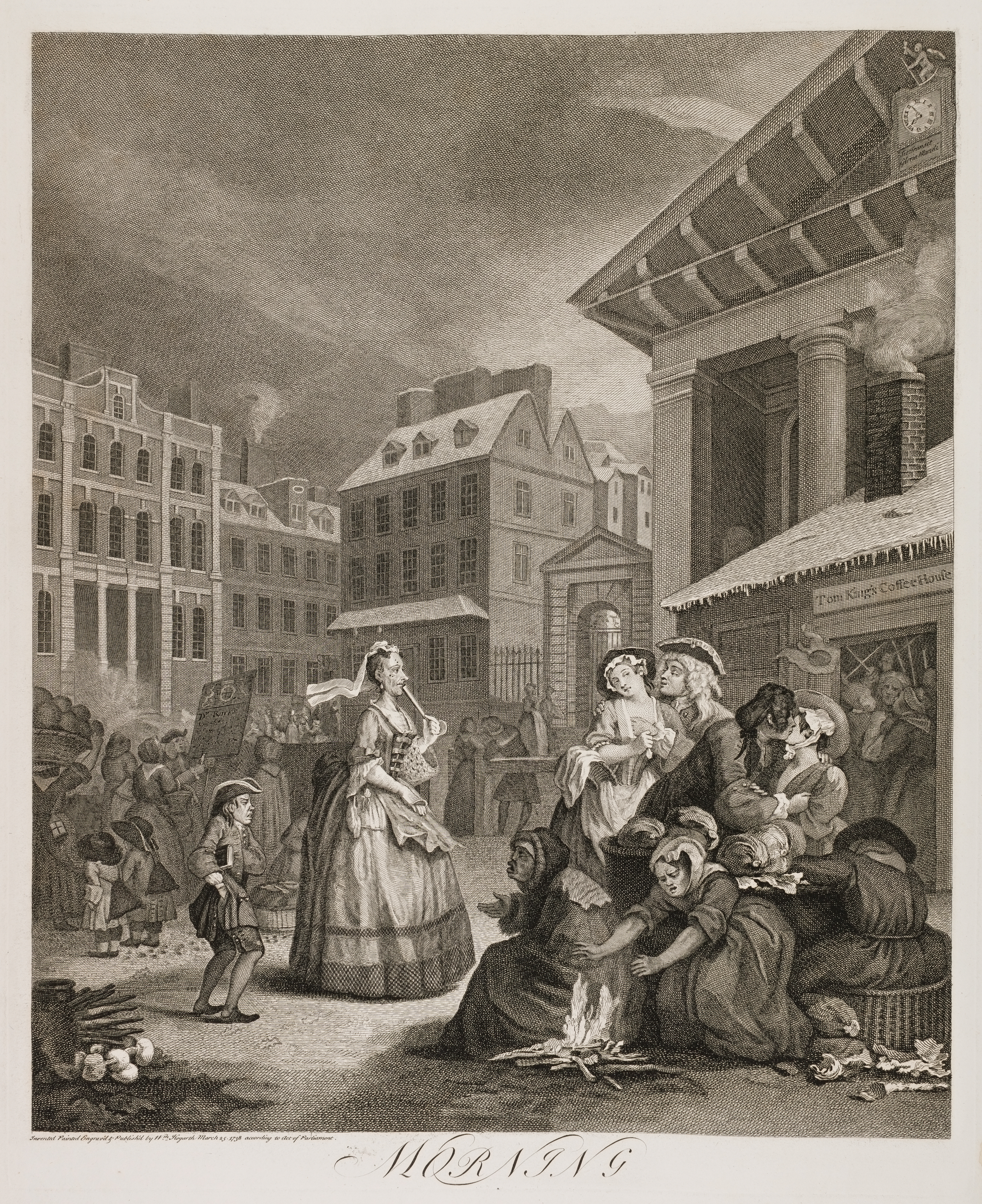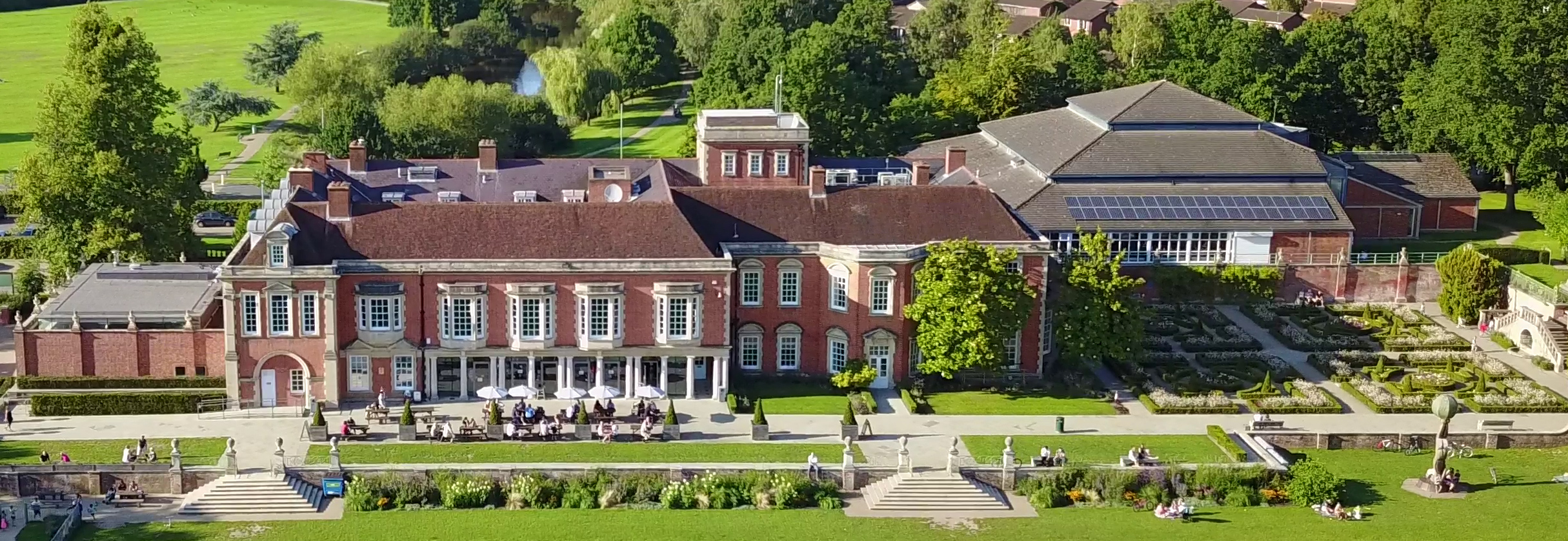|
Pery Square
Pery Square ( ga, Cearnóg an Pheirigh) is a Georgian Terrace located in the Newtown Pery area of Limerick city, Ireland. The terrace was constructed as a speculative development by the Pery Square Tontine Company between 1835 and 1838. The square was named in honour of the politician Edmund Sexton Perry. The terrace is notable as one of the finest examples of late Georgian architecture in Limerick and Ireland. History The architect James Pain supervised the construction of the terrace and may well have been responsible for the design. The contractor was Pierse Creagh from Ennis. By 1838, the houses forming this terrace were let to tenants. The tontine development was the only area of square that was finished. The remaining plots (around the planned square) which were earmarked for development in Davis Ducart's plan for Newtown Pery were never realised and were left undeveloped. Opposite Pery Square is the People's Park which adds to the surrounds of the area. The developmen ... [...More Info...] [...Related Items...] OR: [Wikipedia] [Google] [Baidu] |
Newtown Pery, Limerick
Newtown Pery (; ) is an area of central Limerick, Ireland, and forms the main city centre (or CBD) of the city. The district is known for its Georgian architectural heritage and is the core area of Limerick's Georgian Quarter. It is one of the three towns that make up modern-day Limerick City Centre, the other two being the older Englishtown and Irishtown, which date from the medieval period. Newtown Pery houses the largest collection of Georgian townhouses in Ireland outside of Dublin. In 1837, Samuel Lewis in his ''Topographical Dictionary of Ireland'' described Newtown Pery as "one of the handsomest towns in Ireland". History Prior to the development of Newtown Pery, the historical City of Limerick was situated just north of the present day city centre, stretching from King John's Castle towards where St. John's Cathedral is today. The city was made up of two distinct towns; Englishtown (populated by Old English settlers) located on the historical island city and Iri ... [...More Info...] [...Related Items...] OR: [Wikipedia] [Google] [Baidu] |
People's Park (Limerick)
The People's Park is a park located by Pery Square in Limerick, Ireland, just west of the railway station and bus terminal. At the northern edge of the park is the Limerick City Gallery of Art. History The Park was initially developed as part of the Pery Square development in the Newtown Pery area of central Limerick. This development commenced in 1835 and the associated park was a key-holders only park. The intended plan was to surround the park with housing for the more affluent members of society. Pery Square was intended to be a complete Georgian square with the Georgian terraces enclosing a central park, similar in layout to Merrion Square or Mountjoy Square in Dublin, however more modest in scale. Ireland's Georgian economy began to decline with the onset of the Great Irish Famine and only one terrace of the square was ever completed funds for the project ran out before this could be completed. The park was officially opened in 1877, it was given to the People of Limerick ... [...More Info...] [...Related Items...] OR: [Wikipedia] [Google] [Baidu] |
Streets In Limerick (city)
Streets is the plural of street, a type of road. Streets or The Streets may also refer to: Music * Streets (band), a rock band fronted by Kansas vocalist Steve Walsh * ''Streets'' (punk album), a 1977 compilation album of various early UK punk bands * '' Streets...'', a 1975 album by Ralph McTell * '' Streets: A Rock Opera'', a 1991 album by Savatage * "Streets" (song) by Doja Cat, from the album ''Hot Pink'' (2019) * "Streets", a song by Avenged Sevenfold from the album ''Sounding the Seventh Trumpet'' (2001) * The Streets, alias of Mike Skinner, a British rapper * "The Streets" (song) by WC featuring Snoop Dogg and Nate Dogg, from the album ''Ghetto Heisman'' (2002) Other uses * ''Streets'' (film), a 1990 American horror film * Streets (ice cream), an Australian ice cream brand owned by Unilever * Streets (solitaire), a variant of the solitaire game Napoleon at St Helena * Tai Streets (born 1977), American football player * Will Streets (1886–1916), English soldier and poe ... [...More Info...] [...Related Items...] OR: [Wikipedia] [Google] [Baidu] |
Georgian Dublin
''Georgian Dublin'' is a phrase used in terms of the history of Dublin that has two interwoven meanings: # to describe a historic period in the development of the city of Dublin, Ireland, from 1714 (the beginning of the reign of King George I of Great Britain and of Ireland) to the death in 1830 of King George IV. During this period, the reign of the four Georges, hence the word ''Georgian'', covers a particular and unified style, derived from Palladian Architecture, which was used in erecting public and private buildings # to describe the modern day surviving buildings in Dublin erected in that period and which share that architectural style Though, strictly speaking, Georgian architecture could only exist during the reigns of the four Georges, it had its antecedents prior to 1714 and its style of building continued to be erected after 1830, until replaced by later styles named after the then monarch, Queen Victoria, i.e. ''Victorian''. Dublin's development Dublin was for mu ... [...More Info...] [...Related Items...] OR: [Wikipedia] [Google] [Baidu] |
Gothic Architecture
Gothic architecture (or pointed architecture) is an architectural style that was prevalent in Europe from the late 12th to the 16th century, during the High and Late Middle Ages, surviving into the 17th and 18th centuries in some areas. It evolved from Romanesque architecture and was succeeded by Renaissance architecture. It originated in the Île-de-France and Picardy regions of northern France. The style at the time was sometimes known as ''opus Francigenum'' (lit. French work); the term ''Gothic'' was first applied contemptuously during the later Renaissance, by those ambitious to revive the architecture of classical antiquity. The defining design element of Gothic architecture is the pointed or ogival arch. The use of the pointed arch in turn led to the development of the pointed rib vault and flying buttresses, combined with elaborate tracery and stained glass windows. At the Abbey of Saint-Denis, near Paris, the choir was reconstructed between 1140 and 1144, draw ... [...More Info...] [...Related Items...] OR: [Wikipedia] [Google] [Baidu] |
Church Of Ireland
The Church of Ireland ( ga, Eaglais na hÉireann, ; sco, label= Ulster-Scots, Kirk o Airlann, ) is a Christian church in Ireland and an autonomous province of the Anglican Communion. It is organised on an all-Ireland basis and is the second largest Christian church on the island after the Roman Catholic Church. Like other Anglican churches, it has retained elements of pre-Reformation practice, notably its episcopal polity, while rejecting the primacy of the Pope. In theological and liturgical matters, it incorporates many principles of the Reformation, particularly those of the English Reformation, but self-identifies as being both Reformed and Catholic, in that it sees itself as the inheritor of a continuous tradition going back to the founding of Christianity in Ireland. As with other members of the global Anglican communion, individual parishes accommodate different approaches to the level of ritual and formality, variously referred to as High and Low Church. Overvie ... [...More Info...] [...Related Items...] OR: [Wikipedia] [Google] [Baidu] |
Limerick Civic Trust
The Limerick Civic Trust is an environmental, architectural conservation and educational organisation founded in 1982 that works to identify, record, preserve and publicise Limerick's culture, history, environment and architectural heritage. Although the trust works in conjunction with local authorities, state agencies and various commercial and professional entities, it remains an independent organisation and is entirely self-funded. The trust has no direct connection with the Dublin Civic Trust although they do work in parallel and have at various times made joint annual budget submissions. A significant portion of the trust's work encompasses the protection and rejuvenation of the Georgian area of Limerick city around Newtown Pery. By 2002, the trust had helped to establish 13 of the more than 20 other civic trust organisations which now exist around Irish towns and cities including Dublin, Cork, Kilkenny, Galway, Belfast and Waterford. By 2002, it had also completed more t ... [...More Info...] [...Related Items...] OR: [Wikipedia] [Google] [Baidu] |
Celtic Tiger
The "Celtic Tiger" ( ga, An Tíogar Ceilteach) is a term referring to the economy of the Republic of Ireland, economy of Ireland from the mid-1990s to the late 2000s, a period of rapid real economic growth fuelled by foreign direct investment. The boom was dampened by a subsequent property bubble which resulted in a severe economic downturn. At the start of the 1990s, Ireland was a relatively poor country by Western European standards, with high poverty, high unemployment, inflation, and low economic growth. The Irish economy expanded at an average rate of 9.4% between 1995 and 2000, and continued to grow at an average rate of 5.9% during the following decade until 2008, when it Post-2008 Irish economic downturn, fell into recession. Ireland's rapid economic growth has been described as a rare example of a Western country matching the growth of East Asian nations, i.e. the 'Four Asian Tigers'. The economy underwent a dramatic reversal from 2008, hit hard by the Financial crisi ... [...More Info...] [...Related Items...] OR: [Wikipedia] [Google] [Baidu] |
Great Famine (Ireland)
The Great Famine ( ga, an Gorta Mór ), also known within Ireland as the Great Hunger or simply the Famine and outside Ireland as the Irish Potato Famine, was a period of starvation and disease in Ireland from 1845 to 1852 that constituted a historical social crisis which subsequently had a major impact on Irish society and history as a whole. With the most severely affected areas in the west and south of Ireland, where the Irish language was dominant, the period was contemporaneously known in Irish as , literally translated as "the bad life" (and loosely translated as "the hard times"). The worst year of the period was 1847, which became known as "Black '47".Éamon Ó Cuív – the impact and legacy of the Great Irish Famine During the Great Hunger, roughly 1 million people died and more than 1 million Irish diaspora, fled the country, causing the country's population to fall by 20–25% (in some towns falling as much as 67%) between 1841 and 1871.Carolan, MichaelÉireann's ... [...More Info...] [...Related Items...] OR: [Wikipedia] [Google] [Baidu] |
Georgian Era
The Georgian era was a period in British history from 1714 to , named after the Hanoverian Kings George I, George II, George III and George IV. The definition of the Georgian era is often extended to include the relatively short reign of William IV, which ended with his death in 1837. The subperiod that is the Regency era is defined by the regency of George IV as Prince of Wales during the illness of his father George III. The transition to the Victorian era was characterized in religion, social values, and the arts by a shift in tone away from rationalism and toward romanticism and mysticism. The term ''Georgian'' is typically used in the contexts of social and political history and architecture. The term ''Augustan literature'' is often used for Augustan drama, Augustan poetry and Augustan prose in the period 1700–1740s. The term ''Augustan'' refers to the acknowledgement of the influence of Latin literature from the ancient Roman Republic. The term ''Georgian era'' is ... [...More Info...] [...Related Items...] OR: [Wikipedia] [Google] [Baidu] |
Davis Ducart
Davis Ducart (active from c. 1761, died 1780/81), was an architect and engineer in Ireland in the 1760s and 1770s. He designed several large buildings and engineering projects. He had associations with the canal builders of the time and the mining industry and worked on many projects in the County Tyrone coalfield. Early life and identity His origins are uncertain, but thought to be Piedmontese and/or Sardinian. No relatives were mentioned in his will. Richard Killeen (2012) states that Ducart was an architect from Sardinia. Major projects in Ireland In Limerick Ducart produced the plan of plots to be leased in the Georgian extension of the city known as Newtown Pery and also those of the Custom House (1769), now home to the Hunt Museum. Other Buildings * Castletown Cox, County Kilkenny. *Brockley Park, County Laois. *Castlehyde House, County Cork. *Drishane House, County Cork. *Kilshannig, County Cork. *Lota Lodge, County Cork. *Mayoralty (or Mansion) House, Cork, County Cork. ... [...More Info...] [...Related Items...] OR: [Wikipedia] [Google] [Baidu] |
Edmund Pery, 1st Earl Of Limerick
Edmund Henry Pery, 1st Earl of Limerick PC (8 January 1758 – 7 December 1844), styled Lord Glentworth between 1794 and 1800, and Viscount Limerick until 1803, was an Irish peer and politician. Pery was the son of William Cecil Pery, 1st Baron Glentworth and his first wife, Jane Walcott, daughter of John Minchin Walcott, and educated at Trinity College Dublin. He married Mary Alice, the daughter of Henry Ormsby of County Mayo, by his wife Mary Hartstonge, in 1783, and they had at least eight children. Mary Alice was the heiress of her uncle, Sir Henry Hartstonge, 3rd Baronet, who left her substantial property in the south of Ireland. She died in 1850. Pery was elected to the Irish Parliament as the Member of Parliament for Limerick in 1786 and held the seat until 1794, when he inherited his father's barony and took his seat in the Irish House of Lords. As a politician, he was a vocal Unionist. He held the office of Keeper of the Signet and Privy Seal of Ireland between 17 ... [...More Info...] [...Related Items...] OR: [Wikipedia] [Google] [Baidu] |

%2C_Spring_Rice_Memorial_(2).jpg)
.jpg)




